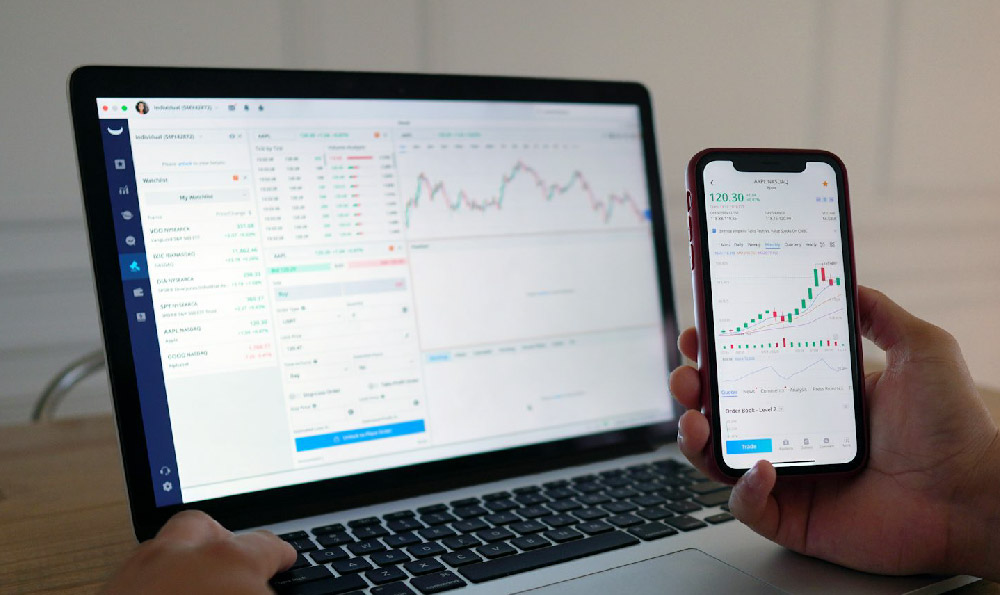eBay Seller: How Much Can You Earn? What's The Profit?
The allure of becoming an eBay seller is strong, fueled by visions of entrepreneurial freedom and a supplementary, or even primary, income stream. However, navigating the world of online marketplaces requires a clear understanding of potential earnings, profit margins, and the various factors that influence them. Let's delve into the realistic earning potential of an eBay seller and explore the key elements that contribute to profitability.
Understanding the Earning Landscape on eBay

It's crucial to approach the question of "how much can you earn on eBay?" with a realistic and nuanced perspective. There's no one-size-fits-all answer. Earning potential varies significantly based on several key elements:
- Product Category: Some product categories are inherently more profitable than others. High-demand items with limited availability, niche collectibles, or products with significant markups tend to yield higher profits. Electronics, fashion, and home goods can be lucrative, but also highly competitive.
- Sourcing and Cost of Goods Sold (COGS): This is arguably the most critical factor. Your ability to source products at a competitive price directly impacts your profit margin. Whether you're manufacturing your own goods, buying wholesale, or sourcing from closeouts and estate sales, minimizing your COGS is essential.
- Sales Volume: While a high-profit margin on individual items is desirable, consistent sales volume is what truly drives earnings. Building a strong customer base, optimizing your listings for search engines, and actively promoting your products are crucial for increasing sales.
- eBay Fees: eBay charges various fees, including listing fees, final value fees, and optional fees for enhanced listings. Understanding these fees and factoring them into your pricing strategy is vital to maintain profitability.
- Shipping Costs: Shipping can significantly impact profitability, especially for bulky or heavy items. Accurately calculating shipping costs and offering competitive shipping options are essential for attracting customers and avoiding losses.
- Time Investment: Running an eBay business requires a significant time investment, especially in the initial stages. Listing items, answering customer inquiries, packing and shipping orders, and managing inventory all demand time and effort.
Calculating Your Potential Profit: A Practical Approach
To realistically assess your earning potential, a thorough profit calculation is essential. Consider these key factors:
- Determine Your COGS: Calculate the total cost of acquiring or manufacturing your products, including materials, labor (if applicable), and any associated expenses.
- Estimate eBay Fees: Research eBay's fee structure for your chosen product category and estimate the listing fees, final value fees, and any optional fees you anticipate incurring.
- Calculate Shipping Costs: Use a shipping calculator or weigh and measure your items to determine accurate shipping costs. Factor in the cost of packaging materials as well.
- Set Your Selling Price: Based on your COGS, eBay fees, shipping costs, and desired profit margin, determine a competitive selling price that attracts customers while ensuring profitability.
- Calculate Your Profit Margin: Subtract your COGS, eBay fees, and shipping costs from your selling price to determine your gross profit. Divide your gross profit by your selling price to calculate your profit margin.
Example Scenario:
Let's say you're selling handmade jewelry.
- COGS: $5 per piece (materials and labor)
- eBay Fees: Estimated at 12.55% of the selling price.
- Shipping Costs: $3 per piece (including packaging)
- Selling Price: $20 per piece
Profit Calculation:
- Gross Revenue: $20
- eBay Fees (12.55%): $2.51
- Total Expenses: $5 (COGS) + $3 (Shipping) + $2.51 (eBay Fees) = $10.51
- Gross Profit: $20 - $10.51 = $9.49
- Profit Margin: ($9.49 / $20) * 100 = 47.45%
In this scenario, you would be earning a profit of $9.49 per piece, with a profit margin of 47.45%. This is a simplified example, but it illustrates the importance of carefully calculating your costs and pricing your products accordingly.
Strategies for Maximizing Your Earnings and Profitability
- Niche Down: Instead of trying to compete in broad categories, focus on a specific niche with less competition and higher demand.
- Optimize Your Listings: Use relevant keywords, high-quality photos, and detailed descriptions to attract buyers and improve your search ranking.
- Provide Excellent Customer Service: Respond to inquiries promptly, resolve issues efficiently, and build a reputation for excellent customer service.
- Offer Competitive Pricing: Research your competitors' prices and adjust your pricing accordingly to attract buyers. Consider offering discounts or promotions to incentivize sales.
- Invest in Marketing: Use social media, email marketing, and other channels to promote your products and drive traffic to your eBay store.
- Automate Tasks: Utilize tools and software to automate tasks such as listing items, managing inventory, and processing orders.
- Negotiate with Suppliers: If you're buying wholesale, negotiate with your suppliers to get better pricing and improve your profit margins.
- Diversify Your Sourcing: Explore different sourcing options to find the most cost-effective way to acquire your products.
Avoiding Common Pitfalls and Protecting Your Profits
- Inaccurate Inventory Management: Keeping meticulous track of inventory is crucial to avoid overselling or running out of stock. Utilize inventory management software to streamline this process.
- Underestimating Shipping Costs: Failing to accurately calculate shipping costs can erode your profits. Use a shipping calculator and consider offering free shipping on certain orders.
- Poor Customer Service: Negative reviews and poor customer service can damage your reputation and deter potential buyers. Respond to inquiries promptly and resolve issues professionally.
- Ignoring eBay Policies: Violating eBay's policies can result in account suspension or termination. Familiarize yourself with eBay's rules and regulations and adhere to them strictly.
- Not Adapting to Market Changes: The online marketplace is constantly evolving. Stay informed about industry trends, new technologies, and changes in customer preferences, and adapt your business accordingly.
The Long-Term Perspective
Building a successful and profitable eBay business takes time, effort, and dedication. It's not a get-rich-quick scheme. By understanding the factors that influence earning potential, developing a sound business strategy, and continuously adapting to market changes, you can increase your chances of achieving financial success as an eBay seller. Remember to start small, learn from your experiences, and gradually scale your business as you gain expertise and confidence. Consistent effort, strategic planning, and a customer-centric approach are the keys to unlocking the earning potential of eBay.












